Explore Amaravati Museum To See The Sculptures From Ancient India
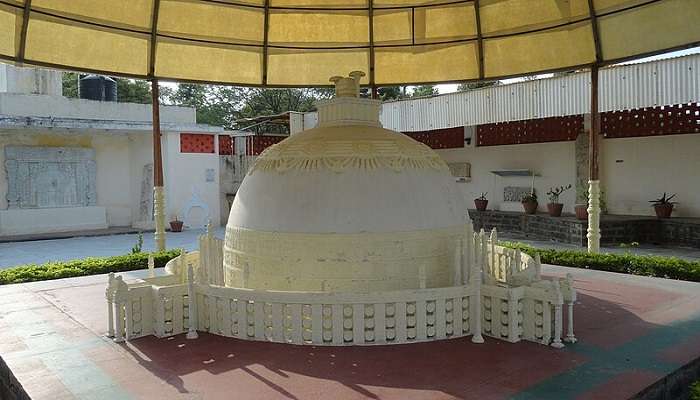
The Amaravati Museum, located in the heart of Andhra Pradesh is a beacon for history enthusiasts and cultural aficionados. It is one of the most varied and well-kept museums in India. This brilliant building is not just any museum; it’s a treasure trove of history, culture, and art that dates back to the 2nd century BCE. As soon as you set your eyes on the beauty of the Maha Chaitya Stupa Relief carvings, you’ll find yourself wanting to wander around the area, eager to discover more about the place. Are you ready to immerse yourself in Indian history?
Amaravati Museum Exhibits
At the Amaravati Museum, every display invites visitors on a journey through centuries-old craftsmanship and historical narratives. Whether you’re fascinated by art and archaeology, or simply eager to delve into India’s heritage, the museum’s exhibits promise a captivating exploration for all.
1. The Maha Chaitya Stupa Relief
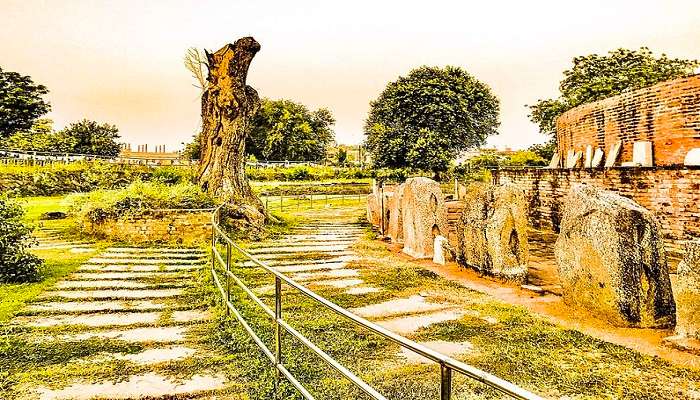
This stunning relief is the pride of the Amaravati Archaeological Museum. It is carved out in great detail and portrays scenes of Buddha and other symbols associated with Buddhism. Every panel has a narrative that captures the viewer’s attention and takes him or her on a journey through the spiritual and historical importance of the Maha Chaitya Stupa that originally existed in the Amaravati area. The relief depicts stupas, trees under which Buddha attained enlightenment, worshippers and other aspects of Indian art and sculpture.
Must Read: Srisailam Istakameswari Temple
2. The Bodhisattva Statues
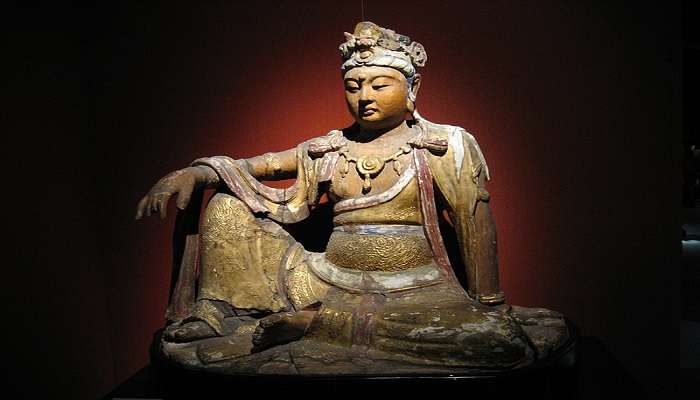
These statues are depicted to be tall and majestic and symbolise individuals who have attained the state of bodhisattva and have decided to remain behind to assist others to attain the same state. The details on the images and the calm and composed look on their faces are a real testimony of the great sculpture tradition of ancient India. Such statues depicted with ornaments and elegant dresses represent the compassion and wisdom of the Bodhisattvas and are meant to inspire the visitors spiritually.
3. The Limestone Panels
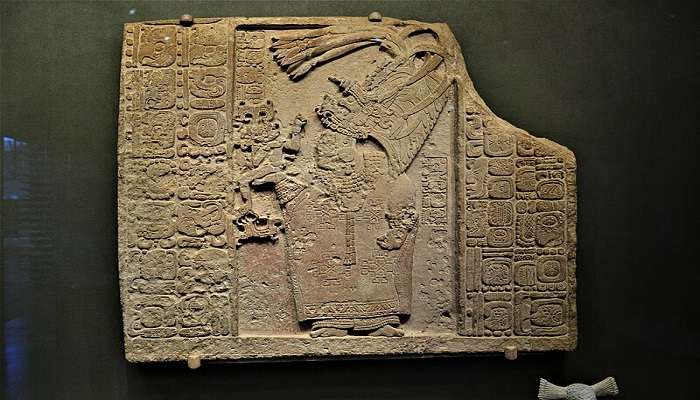
These are not mere stones but paintings depicting the history of India dating back to the ancient period. It is quite fascinating how these panels capture moments of daily life as well as royal celebrations, bringing history to life and into focus. Every panel is a work of art that depicts animals, plants, and people as well as the cultural and social life of the ancient Indians.
Suggested Read: Places To Visit Near Vijayawada
4. The Ancient Inscriptions
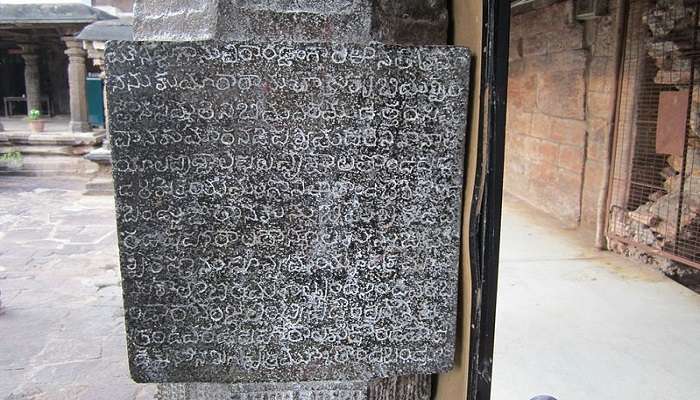
The artefacts in the museum have inscriptions in Brahmi as well as Prakrit script. These inscriptions are like the first tweets of mankind, giving a glimpse of the socio-political and religious life of the time. These would be particularly interesting for history and linguist buffs who are interested in the development of the written language in India. These inscriptions include the royal orders, religious writings, and records of the gifts made to the temple and are therefore informative.
5. The Buddhist Artefacts
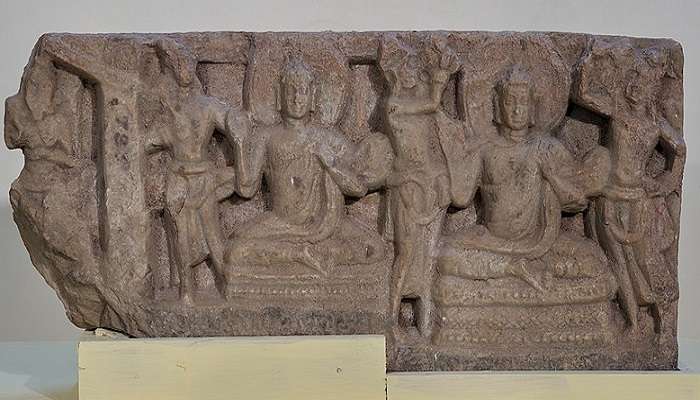
The museum contains several artefacts which include relic caskets, and objects used in rituals. Even the smallest of artefacts are important from a historical and religious point of view, as Amaravati has a strong Buddhist connection. These artefacts consist of religious paraphernalia employed in ceremonial activities for instance; incense burners, offering bowls, and votive tablets which help in the understanding of Buddhism.
Suggested Read: Dhyana Buddha Statue
Amaravati Museum Nearby Attractions
Surrounding the Amaravati Museum are several captivating attractions that complement a visit to this archaeological gem. From exploring the rock-cut architecture of Undavalli Caves to admiring the beauty of Kondapalli Fort, there are plenty of must-see attractions nearby. Here are some of the top tourist hotspots to consider:
1. Amaravati Stupa
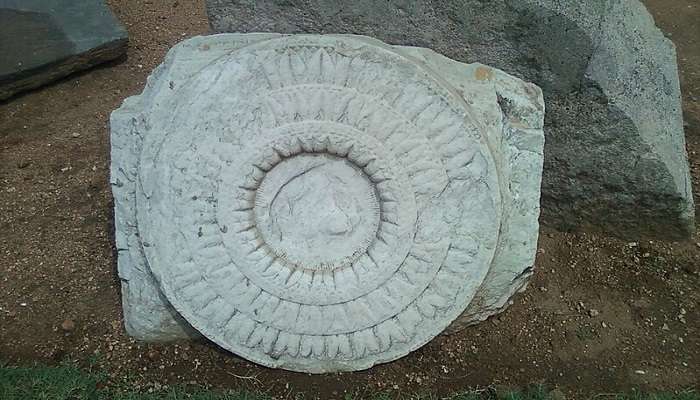
The Amaravati Stupa is not far from the museum and is a splendid piece of architecture. This was a place for Buddhist learning in the past, and although it has been left in ruins, it has become a major attraction due to its tranquillity and beautiful carving works. The stupa is located about 1 km from the museum and this is within the reach of anyone who wishes to visit the site.
Things To Do: Learn about the Buddhist Past, sightseeing
Best Time To Visit: All year round
2. Undavalli Caves
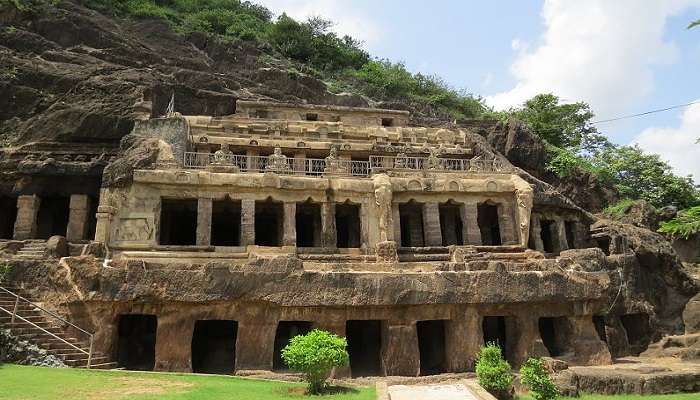
These rock-cut caves are located nearby and are a must-visit for anyone visiting Amaravati. It displays a mix of Buddhist and Hindu carvings, which provide a fascinating insight into the religious harmony and artistic craftsmanship of ancient India. The caves are approximately 30 km from the museum, and they are ideal for a day trip and taking lots of pictures.
Things To Do: Photography, sightseeing
Best Time To Visit: September to March
Suggested Read: Hotels In Kurnool
3. Prakasam Barrage
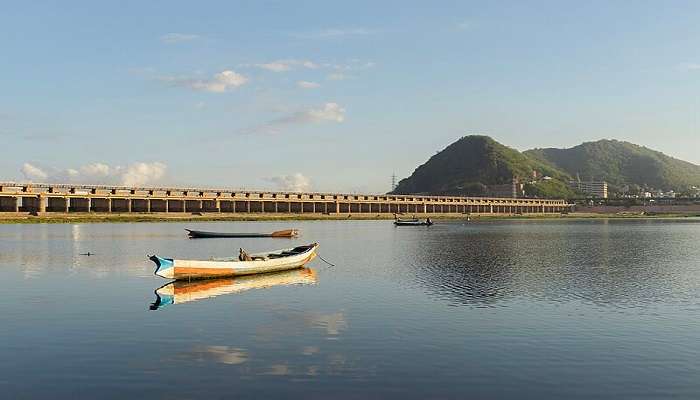
Stretched over the Krishna River, Prakasam Barrage is not only a splendid piece of engineering but also a place of tourist interest. The barrage and its surrounding environment can be a perfect place for a picnic and watch the calmness of the water body and the cool breeze. It is located about 35 km away from the museum, which makes it a perfect place to get away from the noise and bustle of the city.
Things To Do: Photography, sightseeing, take a stroll around
Best Time To Visit: September to March
4. Kondapalli Fort
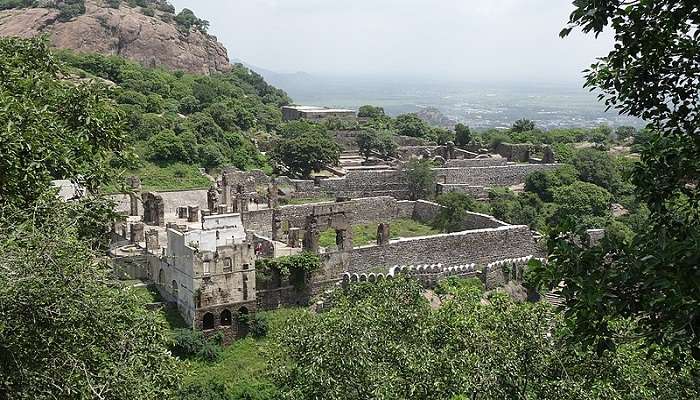
Kondapalli Fort is situated on a hill and one can get a bird’s eye view of the entire countryside. With its large entrance and old walls it is a perfect place for history lovers and photographers as it is a fort built in the past and was used in many battles. The fort is approximately 45 km from the museum which is a convenient place to visit.
Things To Do: Photography, sightseeing, learn the history
Best Time To Visit: November to March
Suggested Read: Top Hotels In Nellore
Amaravati Museum Timings
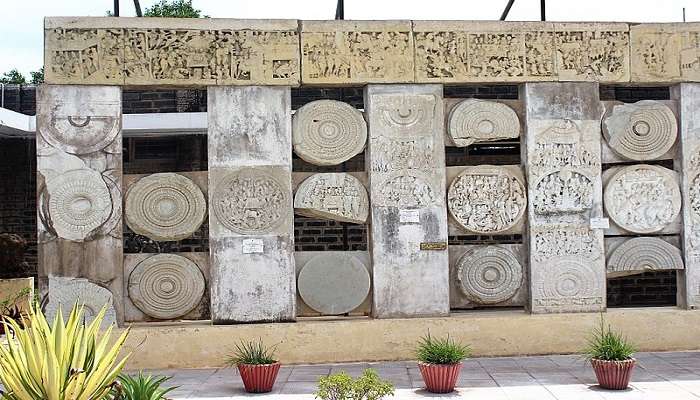
Amaravati Museum Timings are from 10:00 AM to 5:00 PM and therefore it is an ideal place for a day trip. It will take you a lot of time to cover the exhibits because they are designed in such a way that you can take your time. It is also important to note that the museum is only open from 9:00 AM to 5:00 PM from Monday to Thursday and it is closed on Fridays and public holidays. It is always advisable to consult the local holiday calendar to ensure that you do not get disappointed when you visit the place.
Amaravati Museum Ticket Price
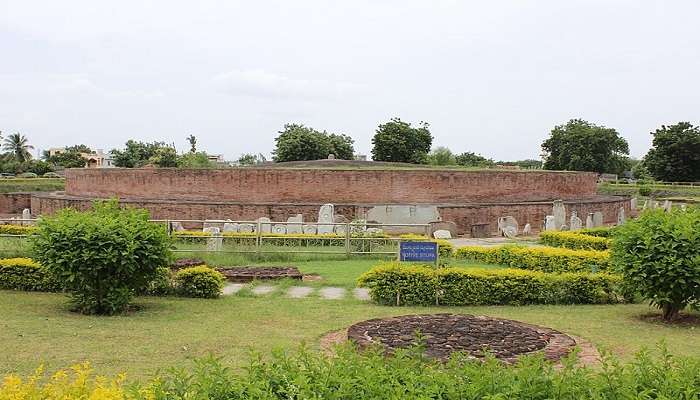
General Admission: The entry fee for adults is Rs. 20 and for children, it is Rs. 10. These prices make the museum affordable to all, and thus, people of all classes can benefit from the information provided by the exhibits. Amaravati Museum entry fee for students is Rs. 5 and for senior citizens, it is Rs. 10. This encourages school trips and makes the museum one of the most preferred options for school children and elderly people.
Special Passes: If you are going to visit more than once or have a keen interest in history, it is wise to go for a special pass. These passes give you the freedom to enter as many times as you want within the given period, thus enabling you to explore the historical environment without the added costs of tickets. Special passes are available for Rs. 100 for one month.
Further Read: Hill Stations In Andhra Pradesh
The Amaravati Museum is not merely a collection of artefacts but a time machine that transports the visitor to ancient India with all its history and culture. Whether you are a history lover, an art lover, or just a person who is interested in an interesting day, the museum is for everyone. Therefore, let the bags be packed, the camera be charged, and book a trip to Andhra Pradesh to unveil the world of Amaravati!
For our editorial codes of conduct and copyright disclaimer, please click here.
Cover Image Credit: Bhaskaranaidu for Wikimedia Commons
Frequently Asked Questions About Amaravati Museum
Can I use my smartphone to take pictures inside the Amaravati Archaeological Museum?
Yes, you can carry your phone but flash photography and videography may be restricted in certain areas.
Are there any interactive exhibits for children at Amaravati Museum?
Of course, several touch screens inside Amaravati Museum were created especially for children.
Can I get to the museum’s records for research?
Yes, researchers can ask for special permission to access the museum archives. But you need to handle them with adequate care to avoid any damage.
Is there a possibility of taking a virtual tour of the Amaravati Archaeological Museum?
Yes, there are virtual tours that one can take at the Amaravati Museum through their official website.
Is there any cafe or shop inside the museum?
Yes, there is a cafe onsite for refreshments and a shop to buy souvenirs and gifts related to the exhibits.
People Also Read:
Museums In Chisinau Museums In Hungary Museums In Berlin

As a Travel Content Writer, I live to conquer the world of globetrotting with words. With my unquenchable thirst for storytelling, I believe that my words will inspire you to travel around the world’s breathtaking landscapes. As for me, I am an unapologetic selenophile, who loves to wander around in a starry night!











